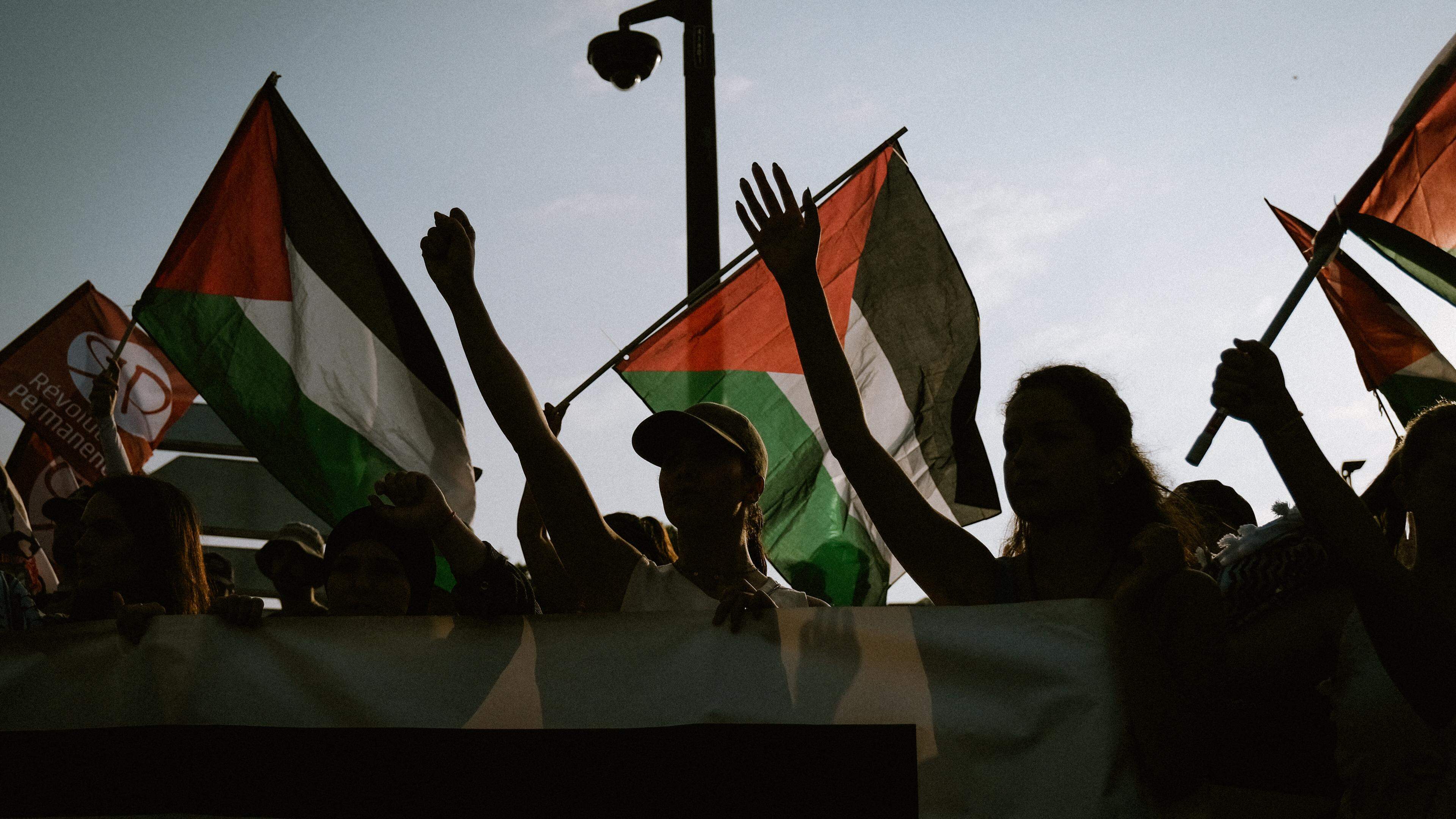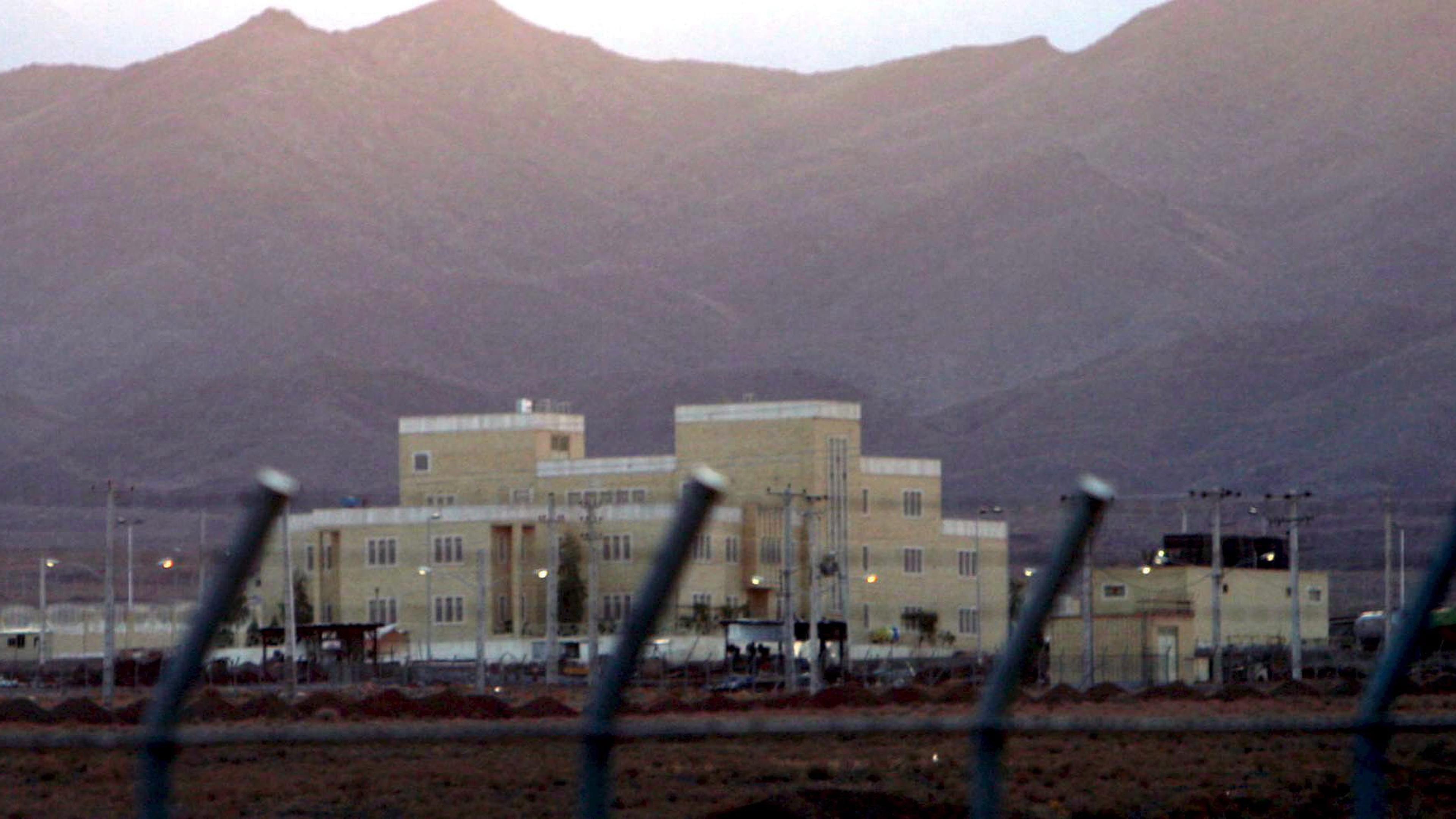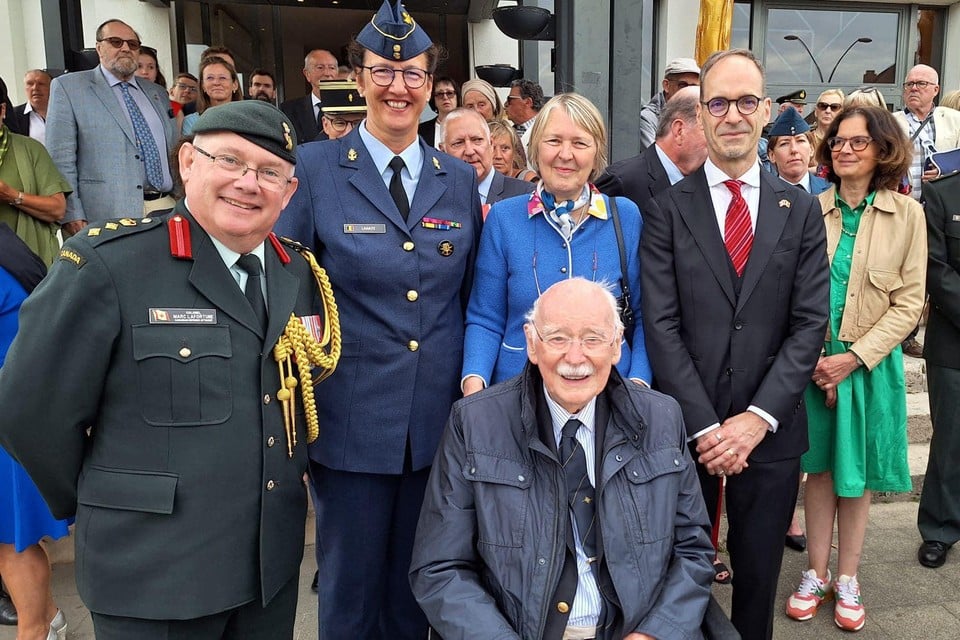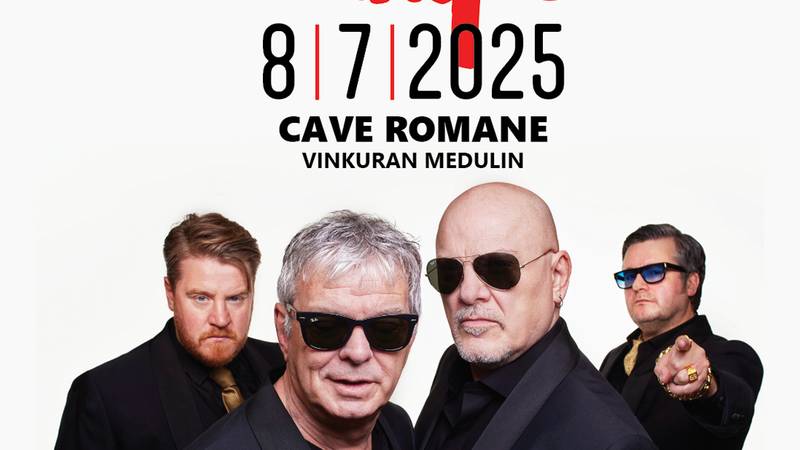From scandals to transparency: the reforms that changed the image of the Vatican Bank

In the immediate vicinity of St. Peter’s Square in the Vatican, Jean-Baptiste Douville de Franssu, a former manager of the Fondsgesellschaft Invalco, and Gian Franco Mammì wake up for a wealth of 5.7 billion euros. They lead one of the most exclusive banks in the world.
Compared to the trillion amounts that move financial giants in London or New York, this is only a fraction. However, these assets are intended to help relieve the financial burdens of the Catholic Church at least easily – stresses that have built up over the years.
Ethically oriented investments
The Institute for Religious Works, better known as Vatican Bank, offers classic banking services. It manages money from church -related facilities and makes ethically oriented investments.
In 2024, the managed assets rose to the highest level in ten years. The institute wants to build on it without moving away from its moral principles – and yet exceed its own comparison standards.
« The financial markets know no mercy, » said de Franssu, President of the Institute, in the Bloomberg interview. « If the Vatican bank does not deliver what is expected from it, we seriously get into trouble. »
In 2024, the bank’s profit rose by around seven percent to 32.8 million euros. These income serve, among other things, to distribute dividends to the church. However, this is not a compensation for declining donations worldwide, increasing administrative costs and growing pension loads.
Progress in departure from the previous image of mismanagement
At the same time, the result signals progress in departure from the previous image of mismanagement and non -transparency. In the past, the bank was repeatedly involved in scandals for investment losses, criminal investigations and secret love affairs.
Both de Franssu and Mammì – who has been working in the bank for over 30 years and has been general director since 2015 – said Pope Leo XIV wanted to continue the reform process started by Pope Francis. The aim is to put Vatican bank on solid foundations as a kind of family assets administrator of the World Church.
« Anyone who is looking for speculation or is looking for two percent more returns should go somewhere else, » says Gian Franco Mammì. Photo: Shutterstock
De Franssu was taken in 2014 after decades full of scandals – including the collapse of the Banco Ambrosiano in the 1980s and the freezing of 23 million euros from Italian prosecutors in 2010 – the reputation of the bank had severely damaged. At that time, Pope Francis declared priority transparency in the financial sector.
Since then, Vatican Bank has published annual reports. She has reformed her leadership structure and handed over more control to laypersons like de Franssu. New regulations were also introduced to meet international financial standards. As a result of these measures, thousands of accounts were closed.
Without speculation
The bank also recruited staff of large houses such as Citigroup and Intesa Sanpaolo. Of the 13 most important funds, ten performed better in the past three and five years than the majority of the competition, as can be seen from the current report. The leadership now hopes that the first American Pope will encourage further church facilities in the United States to bring their money to Rome.
« We have shown that you can also beat the benchmarks with purely ethical systems, » said Mammì in the Bloomberg interview. « If you are on speculation or look for two percent more returns, you should better go somewhere else. »
The Vatican Bank is in the immediate vicinity of St. Peter’s Square. Although her balance sheet is not part of the consolidated budget of the Holy chair, it plays a central role in the Vatican’s asset management. Together with the administration of the apostolic chair, it is responsible for the real estate and movable assets of the Holy Stuhl.
So Luxembourg’s banks are against the loss of the « Babyboomer »
For 2024, the bank’s board of directors proposes a dividend of 13.8 million euros. This goes to the Cardinal Commission, which uses the money for religious and charitable purposes or to support the Holy Chair.
Our task as a manager is to invest, make profits and release a dividend.
Gian Franco Mammì
In recent years, the dividends have been lower than before 2014. According to Mammì, this shows that the bank is now maintaining larger financial discipline today. There has been no complete budget report by the Holy Chair since 2022. However, according to the Italian daily Repubblica, the last available conclusion for 2024 showed a deficit of around 70 million euros.
« Our task as a manager is to invest, make profits and release a dividend, » said Mammì. « The cardinals decide how the money is used. »







